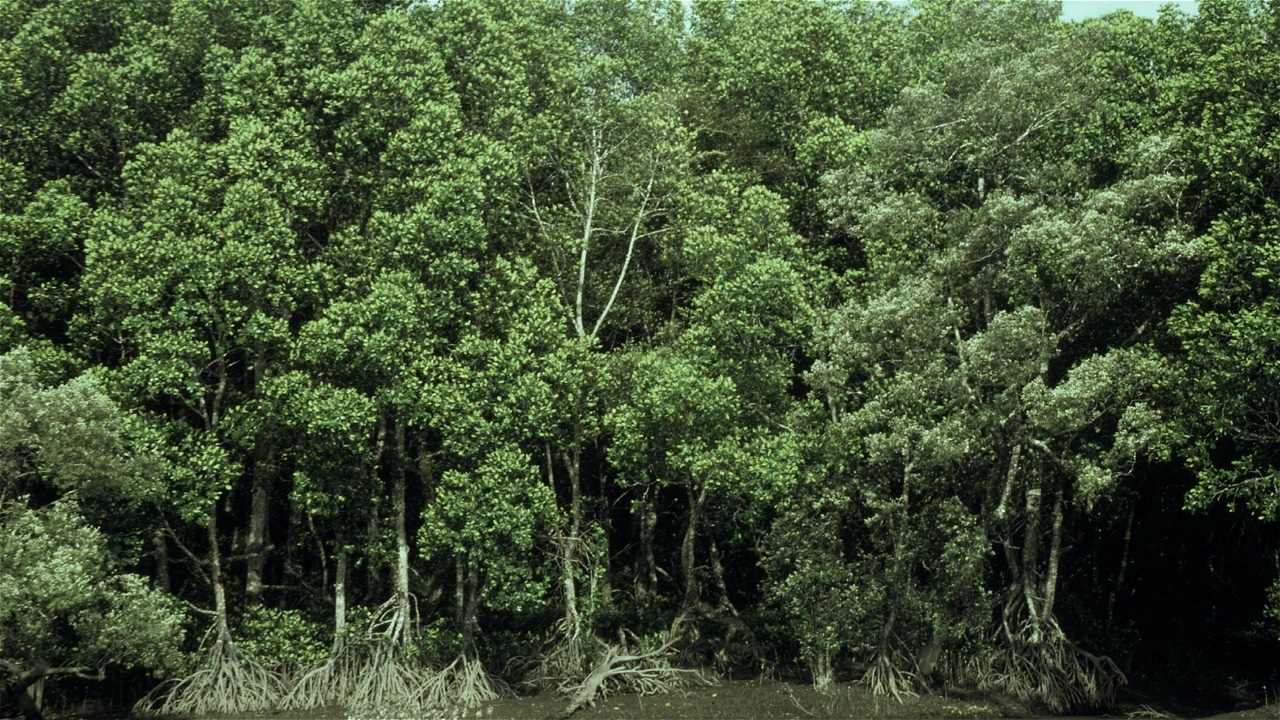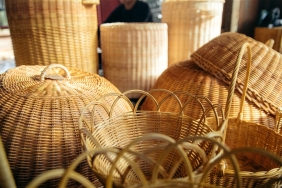WWF INITIATES SPATIAL DATA COLLECTION IN WEST PAPUA
By: Ade Sangadji
Since the beginning of implementing conservation activities in Papua, WWF has not done it alone but has worked collaboratively with the government, universities and other development partners. For example, conservation efforts through the implementation of participatory mapping. Since 1983 WWF has been actively conducting mapping in Papua. Although at that time the mapping was limited to boundary demarcation for proposed conservation areas. In the early 90s, mapping began to be carried out in a participatory manner by involving indigenous peoples. This mapping is a map of customary territories for community management space. By 1998 WWF-Indonesia had developed a participatory mapping methodology that was widely used by other development partners in carrying out customary area mapping. Until the end of 2017, about 3.5 million hectares of areas in Papua and West Papua have been participatory mapped by WWF-Indonesia. In the next 18 months, there are no less than 32,000 hectares of areas that will be participatory mapped in the Land of Papua (Papua and West Papua Provinces).
From the development of participatory mapping, a lot of data and maps have also been collected. The thematic map in its development not only determines the management space of indigenous peoples but also becomes a baseline spatial planning document that contributes to spatial planning both at the village level to the provincial level.
In addition to WWF, there are also several development partners who are consistent in conservation efforts both through customary rights mapping such as mapping and other supporting socio-cultural research and studies. These development partners from Civil Society Organization (CSO) have also been working in Papua for many years and produced several other thematic maps.
In general, there are four thematic participatory mapping conducted by both WWF and other development partners. These maps have specific uses. The map of tribal and sub-tribal customary areas, socially and spatially can help see the social distribution of indigenous groups based on their tribes. Then there is the clan/keret customary area map which is a map of community customary rights ownership, this map talks about land and forest ownership. Furthermore, there is a map of the village/customary village area. This map describes the administrative boundaries of a village. Generally, the intended village map is a combined map and several clan customary territories within the village. Finally, there are maps of important places for indigenous peoples. These maps describe the distribution of important places of indigenous peoples, customary zoning and the distribution of indigenous peoples' management areas within their customary territories.
If these documents, data and maps are collected and integrated into spatial policy, an informative spatial concept will emerge that accommodates not only the potential of natural resources, but also socio-cultural and community resources into planning development concepts. For this reason, on 9-11 August 2018 in Manokwari, the Working Group (Pokja) on Social Forestry and development partners in West Papua held a discussion on the development of a spatial database of indigenous and indicative community maps in West Papua Province. On the last day, WWF-Indonesia facilitated data collection from existing development partners including the preparation of SOPs or mechanisms for data and information exchange related to participatory mapping. Through this collection, a data portal will be built complete with data sharing protocols, and a minimum standard of spatial information on indigenous peoples' maps that can be used by the government for work related to rights protection and facilitation of indigenous peoples' management space.





